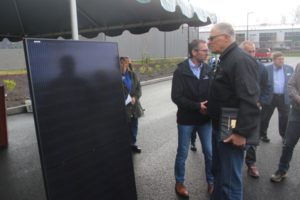Clark County’s COVID-19 numbers continued to surge this week, bumping the county even further into the red “high activity” zone and shattering the hope that local students might return to their classrooms before the Thanksgiving holiday.
Meanwhile, Governor Jay Inslee, who deserves credit for implementing a cautious, research-based approach to reopening that has, so far, kept Washington state from becoming a COVID hot zone, recently loosened restrictions on everything from movie theaters and restaurants to libraries and museums.
It remains to be seen if Clark County’s coronavirus numbers will continue to climb as we enter the late fall and winter months. But if the past two months are any indicator, we are not likely to trend in the right direction.
In August, the county was in a much better position: the activity level was less than 75 new cases per 100,000 residents and school district leaders were planning to bring their youngest students back to the classroom for a hybrid of remote and in-person learning.
By the second week of September, however, the numbers had begun to creep upward. By Sept. 28, the community activity rate had ballooned to 86.18 cases per 100,000 residents and transmission rates have been climbing ever since. As of this week, the community transmission rate was 115.05 cases per 100,000 residents, with 23 people hospitalized for COVID-19 and one new death.



